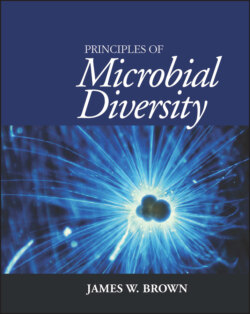Читать книгу Principles of Microbial Diversity - James W. Brown - Страница 75
The special case of G∙C bias
ОглавлениеSometimes even rRNA sequences change adaptively—the bane of phylogenetic analysis. The most common example is the tendency of sequences to differ in G+C content, either because the genome has an unusual G+C content (i.e., there is pressure toward either G+C or A+T richness in the genome) or because the organism is a thermophile and so might prefer G=C over A=U base pairs in its RNAs. This can cause havoc in a tree. One way around this is to do a transversion analysis, which ignores transitions and only scores transversions. The common way to do this is simply to convert all of the A’s in the alignment to G’s and all U’s to C’s. Trees are generated from these alignments in the usual fashion. These trees are, of course, based on fewer data since more than half of the phylogenetic information in the alignment has been discarded, but they should be free of G+C bias artifacts.
